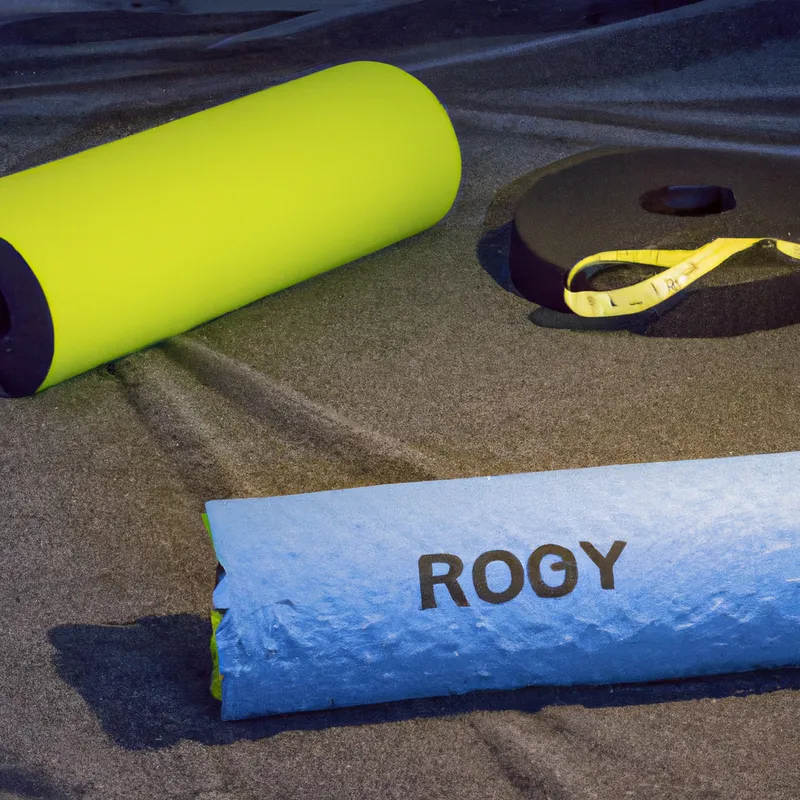Enhance Flexibility: Foam Rolling vs. Massage Techniques
Recovery Techniques: Foam Rolling vs. Massage for Hybrid Athletes
Hybrid athletes blend endurance and strength training. As they push their bodies, recovery becomes essential. Foam rolling and massage significantly aid muscle recovery and prevent injuries. Each technique offers unique benefits. Understanding them helps hybrid athletes make informed recovery decisions.
Understanding Foam Rolling
Foam rolling is a self-myofascial release technique. It uses a cylindrical foam roller on various muscle groups. This method releases tension, improves blood flow, and enhances flexibility. Hybrid athletes benefit from foam rolling, especially when experiencing muscle tightness.
How to Foam Roll Effectively
Follow these steps to maximize foam rolling benefits:
1. **Identify Tight Areas**: Note any tight or sore areas. Common areas include quadriceps, hamstrings, calves, and upper back.
2. **Apply Pressure**: Position the foam roller under the targeted muscle. Roll back and forth while applying moderate pressure for 20-30 seconds.
3. **Breathe**: Maintain deep, steady breaths to promote relaxation. This helps your muscles release tension effectively.
4. **Adjust Intensity**: Pause and apply more pressure on tight spots, also known as “trigger points.” Avoid pain; aim for a deep ache.
Incorporate foam rolling into your routine at least three times a week. Use it during warm-ups or as part of your cool-down.
Exploring Massage Therapy
Massage therapy involves a trained professional manipulating muscles and soft tissues. This technique relieves tension, reduces soreness, and enhances relaxation. Regular massage therapy offers hybrid athletes significant benefits.
Types of Massage for Recovery
Several types of massage benefit athletes:
– **Swedish Massage**: Gentle, flowing strokes promote relaxation and increase circulation. This technique suits overall relaxation after intense training.
– **Deep Tissue Massage**: This technique targets deeper muscle layers. It focuses on chronic pain and muscle tension, benefiting those with tightness from heavy lifting or long-distance running.
– **Sports Massage**: Designed for athletes, sports massage focuses on high-tension areas. It enhances performance, reduces recovery time, and prevents injuries.
Regular massages can integrate seamlessly into your training regimen.
Conclusion
Foam rolling and massage therapy offer valuable recovery techniques for hybrid athletes. Understanding and applying these methods can enhance performance and prevent injuries.
Below are related products based on this post:
FAQ
What are the main benefits of foam rolling for hybrid athletes?
Foam rolling serves as a self-myofascial release technique that helps hybrid athletes by releasing muscle tension, improving blood flow, and enhancing flexibility. It is particularly beneficial for alleviating muscle tightness, making it an essential part of their recovery routine.
How often should hybrid athletes incorporate foam rolling into their routine?
Hybrid athletes should aim to incorporate foam rolling into their routine at least three times a week. It can be used during warm-ups or as part of the cool-down process to maximize its benefits.
What types of massage are most effective for recovery in hybrid athletes?
Several types of massage are effective for recovery, including Swedish massage for relaxation and circulation, deep tissue massage for targeting chronic pain and muscle tension, and sports massage, which focuses on high-tension areas to enhance performance and reduce recovery time.















Post Comment